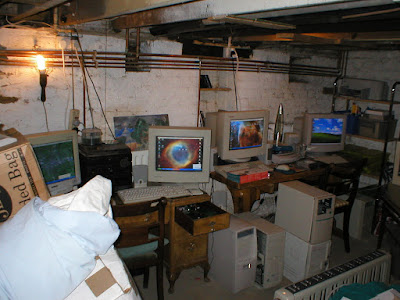
The phone setup is as follows:
Phone Mode: Flight Mode
Data Connection: Bluetooth Serial Port Emulation- COM9
Battery Status: Discharging








Subject: Have a look at thisI can only say thank you. I seemed to not go for it on first bite but I am just glad that another path has brought me back to the same information but this time with fresh eyes (well...not so fresh at 1am...). I just watched lecture 16 on 'Sinusoidal steady state' (additional videos, accompanying notes etc. can be found on this page). The lecturer's style and delivery was refreshing to say the least. I really enjoyed it. One thing I noticed about his style was the abundance of mental anchors to allow the teaching points to embed themselves into the memory.
Date: Tue, 13 Nov 2007 01:43:20 +0100
Look at this
Audio, Video lectures from engineering to literature, plus lecture notes.
http://ocw.mit.edu/OcwWeb/web/courses/av/index.htm
A general site
http://www.jimmyr.com/blog/Online_Education_Free_201_2006.php
For example
Video lectures on circuits and electronics:
http://ocw.mit.edu/OcwWeb/Electrical-Engineering-and-Computer-Science/6-002Circuits-and-ElectronicsFall2000/VideoLectures/index.htm
Mp3 files on Advanced Digital Integrated Circuits:
http://webcast.berkeley.edu/course_details.php?seriesid=1906978280
May just border the scope of your second year material, tell what you think.
